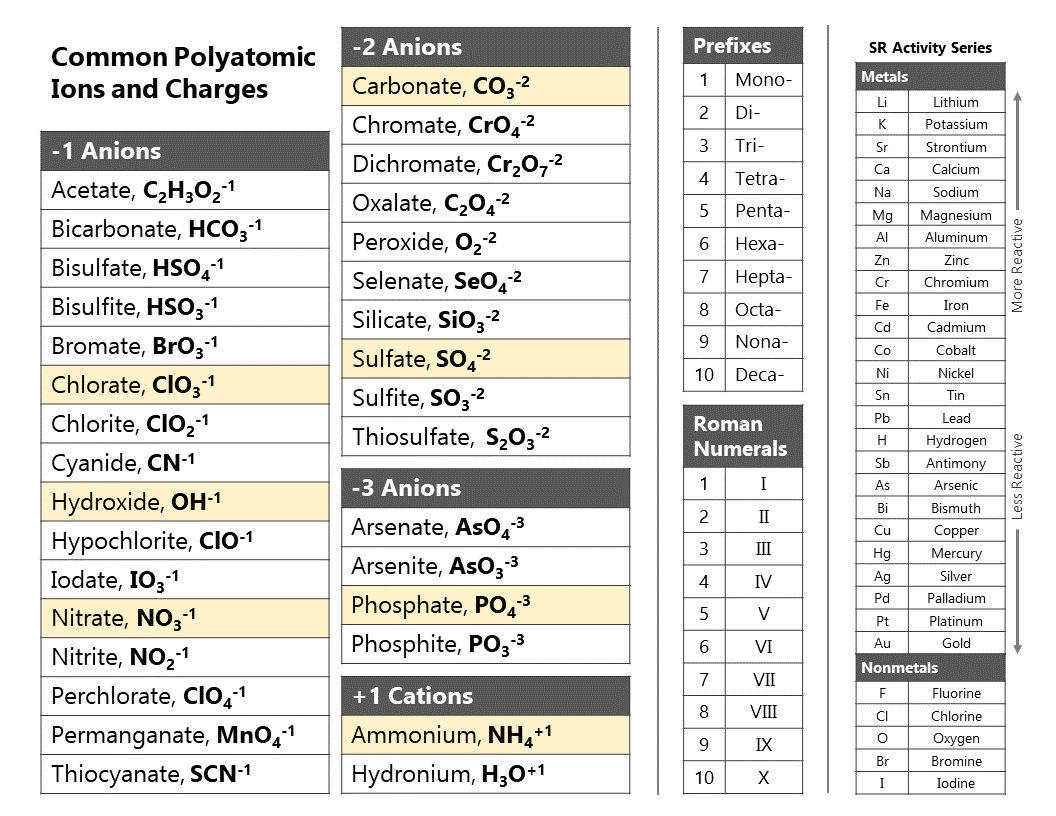

Where more than one isotope exists, the value given is the abundance weighted average.Ītoms of the same element with different numbers of neutrons. This is approximately the sum of the number of protons and neutrons in the nucleus. The mass of an atom relative to that of carbon-12. The transition of a substance directly from the solid to the gas phase without passing through a liquid phase.ĭensity is the mass of a substance that would fill 1 cm 3 at room temperature. The temperature at which the liquid–gas phase change occurs. The temperature at which the solid–liquid phase change occurs. The arrangements of electrons above the last (closed shell) noble gas. These blocks are named for the characteristic spectra they produce: sharp (s), principal (p), diffuse (d), and fundamental (f). The atomic number of each element increases by one, reading from left to right.Įlements are organised into blocks by the orbital type in which the outer electrons are found. Members of a group typically have similar properties and electron configurations in their outer shell.Ī horizontal row in the periodic table. He was elected the Royal Society in 1992 and the European Academy of Sciences in 2017.A vertical column in the periodic table. He has also contributed to the understanding of the bonding properties of nitric oxide, an important cellular signalling molecule involved in many physiological processes and pioneered the acceleration of chemical reactions using microwave energy. His group has experimentally verified some of his theoretical predictions, for example an icosahedral molecule containing gold atoms -which is relevant for understanding the metal’s nano-technological possibilities.

Specifically the Wade-Mingos Rules which rationalise the structures of polyhedral inorganic molecules and the Green-Davies-Mingos Rules, which account for some of the nucleophilic reactions of organometallic compounds. His theoretical research has resulted in generalisations which have greatly influenced the development and teaching of modern inorganic chemistry.

He has held academic posts at QMC, Oxford (Keble College), Imperial College, St Edmund Hall (Principal,1999-2009). in Chemistry 1965) and University of Sussex (D.Phil, 1968). Michael Mingos was born in Basra, Iraq in 1944 and was educated in England (Manchester, B.Sc. It also illustrates how it has guided the research programmes of some distinguished chemists. This first volume provides chemists with an account of the historical development of the Periodic Table and an overview of how the Periodic Table has evolved over the last 150 years. In its modern form it is reproduced in most undergraduate inorganic textbooks and is present in almost every chemistry lecture room and classroom. There is no doubt that the periodic table occupies a central position in chemistry. Some have suggested that the periodic table is one of the most fruitful ideas in modern science and that it is comparable to Darwin’s theory of evolution by natural selection, proposed at approximately the same time. Mendeleev’s periodic table was based on the atomic weights of the elements and it was another 50 years before Moseley established that it was the atomic number of the elements, that was the fundamental parameter and this led to the prediction of further elements. Not all of his many predictions proved to be valid, but the discovery of scandium, gallium and germanium represented sufficient vindication of its utility and they cemented its enduring influence. Mendeleev’s predictions demonstrated in an impressive manner how the periodic table could be used to predict the occurrence and properties of new elements. For example, Newland’s Law of Octaves marked an important step in the evolution of the periodic system since it represented the first clear statement that the properties of the elements repeated after intervals of 8. However, the concept of periodicity evolved in distinct stages and was the culmination of work by other chemists over several decades. He is given the major credit for proposing the conceptual framework used by chemists to systematically inter-relate the chemical properties of the elements. In 1869 Dmitri Ivanovitch Mendeleev first proposed his periodic table of the elements. As 2019 has been declared the International Year of the Periodic Table, it is appropriate that Structure and Bonding marks this anniversary with two special volumes.


 0 kommentar(er)
0 kommentar(er)
